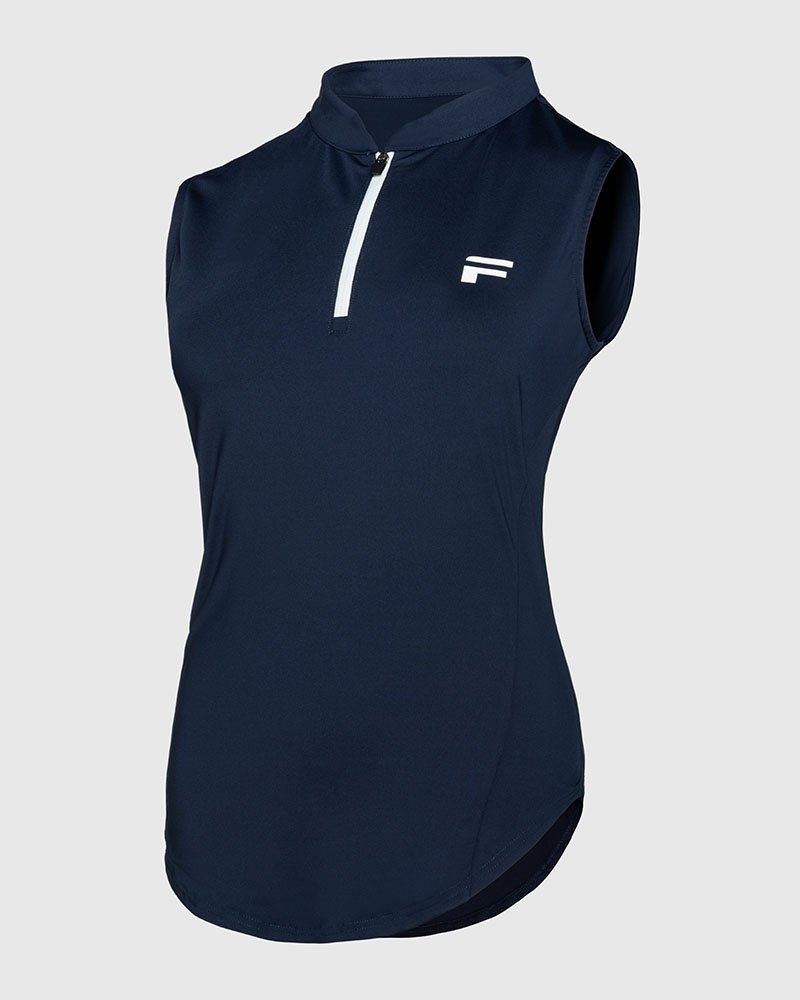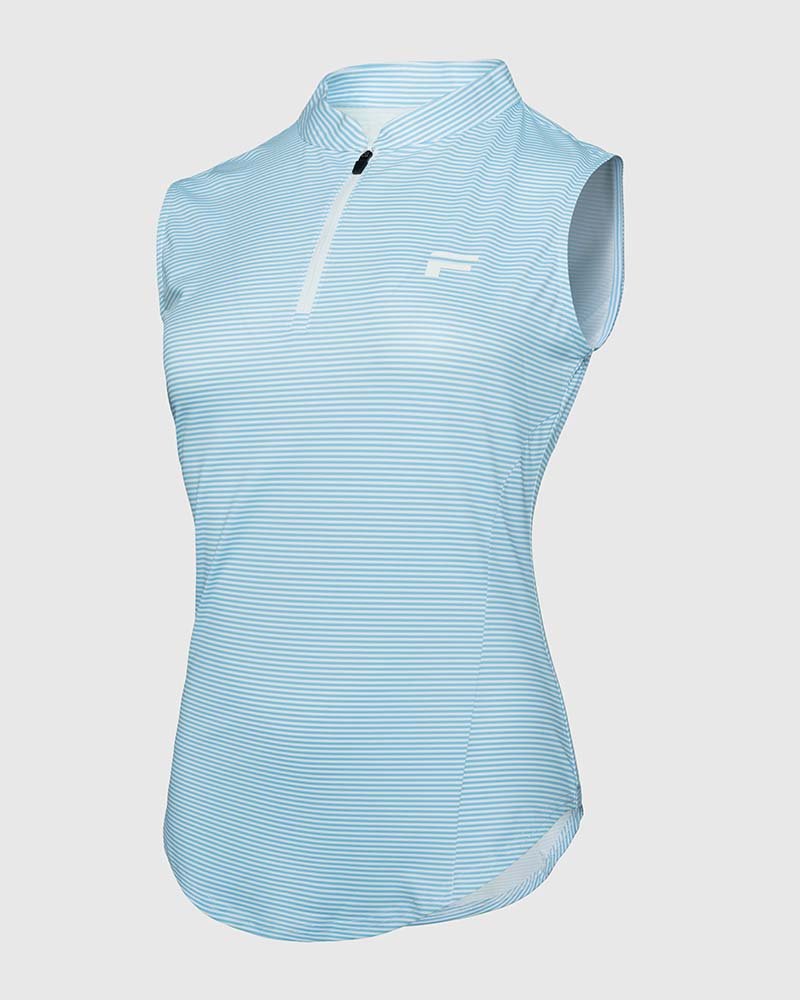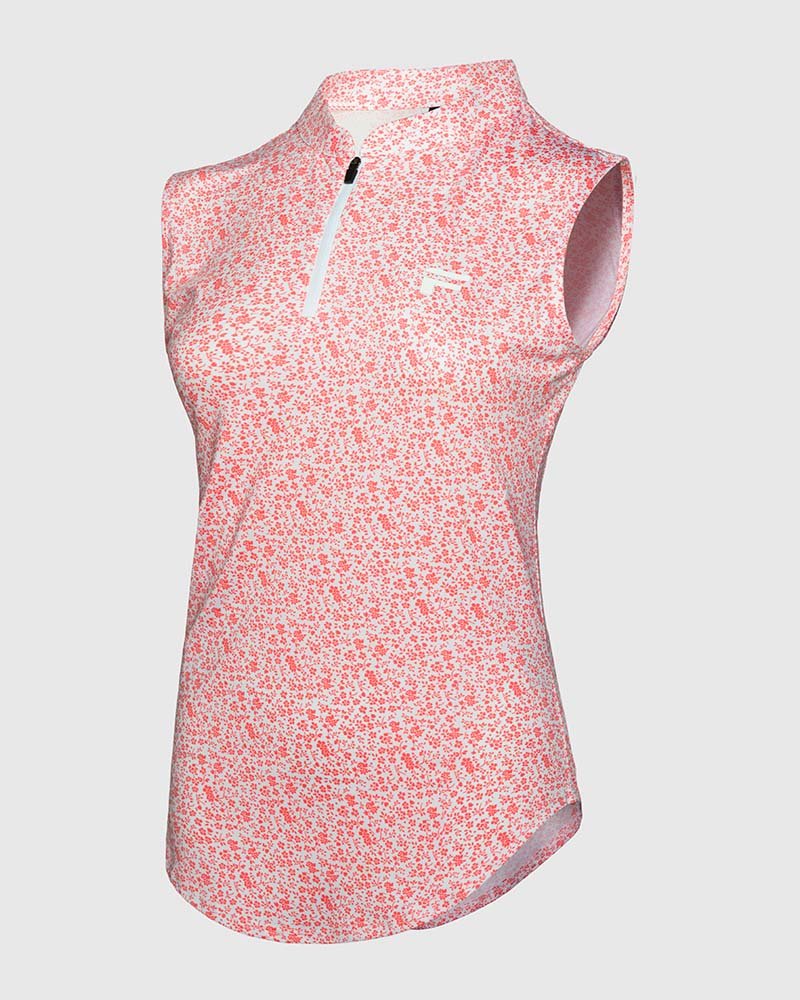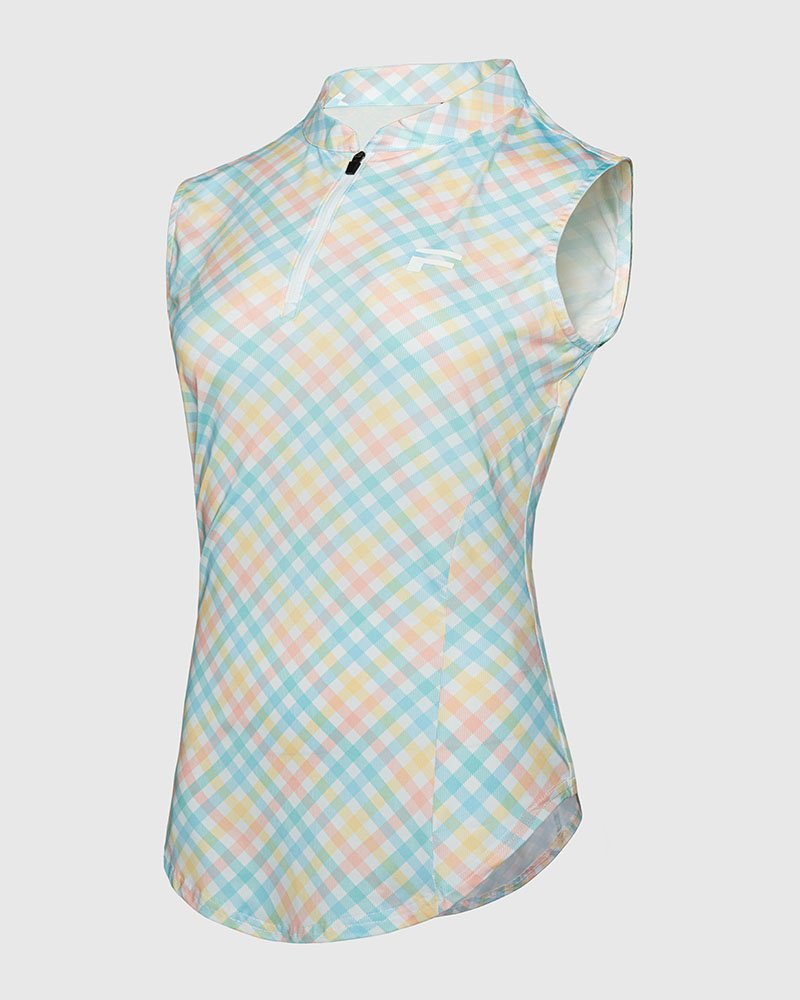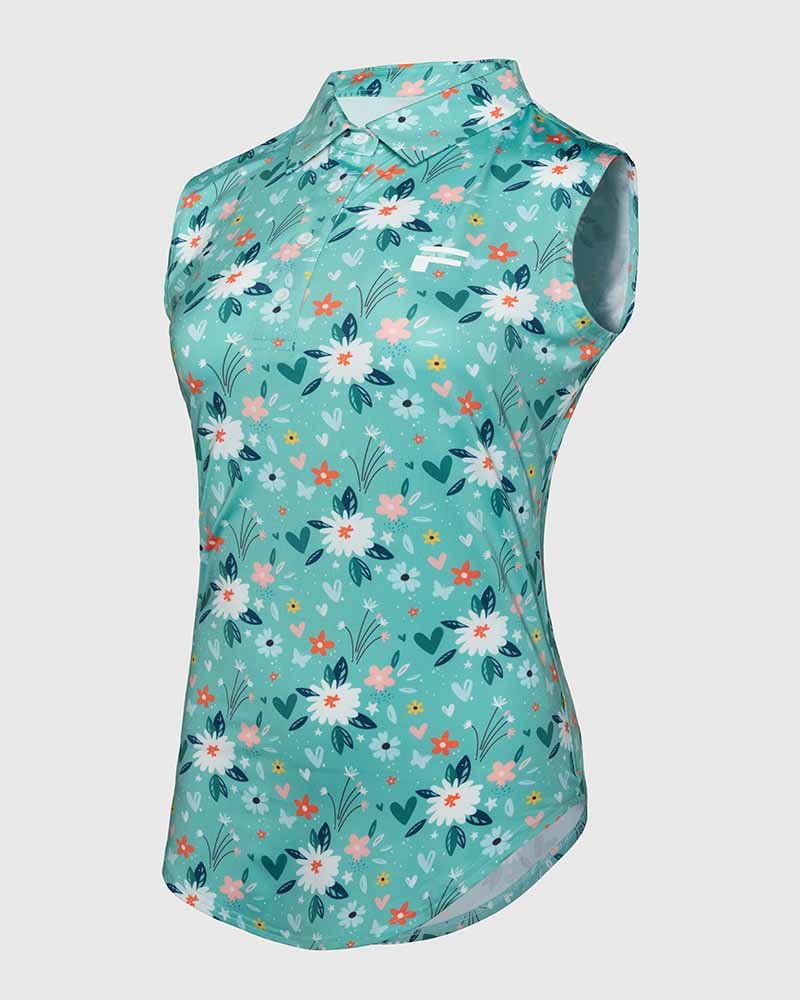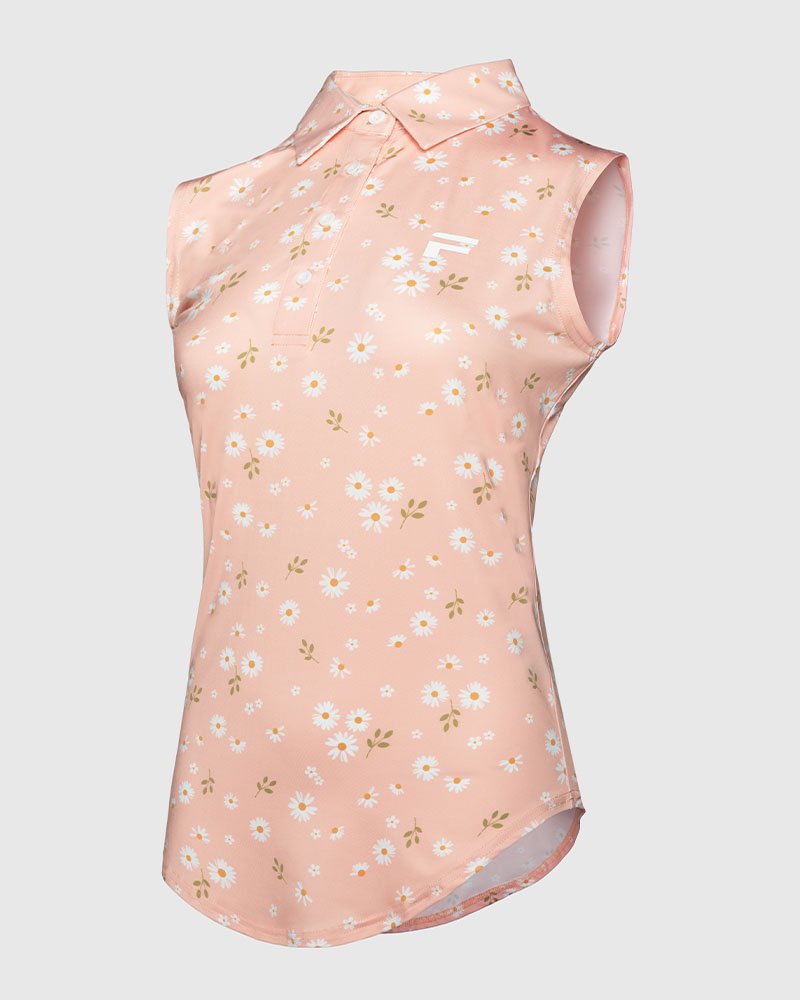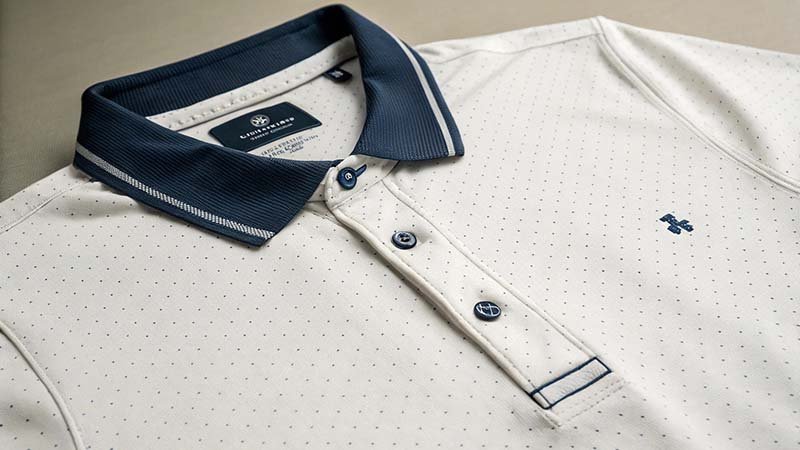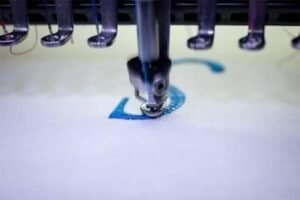
Embroidery is one of the best ways to add personality and professionalism to your golf polo shirts. Whether you're creating a branded design or just adding a personal touch, understanding how embroidery works can help you make better decisions for your clothing brand.
Embroidery on golf polo shirts involves a detailed process of digitizing, selecting the right threads, and stitching the design into the fabric. From preparation to finishing touches, each step is crucial for achieving a clean, professional look that stands the test of time.
Now, let's dive deeper into each step and see how embroidery truly brings your designs to life.
Digitizing the Design
The first step in embroidery is converting your design into a format that can be read by the embroidery machine. This process is known as digitizing.
Digitizing turns your design into a digital file that guides the embroidery machine. This is where the machine learns the stitch pattern, type, and color details of your design. It’s the foundation of your embroidery project.
1. The Importance of Digitizing
Digitizing isn’t just about making the design readable for machines. It’s about making sure that the artwork translates well into stitch form, ensuring each line, curve, and color is sharp and clear. Digitizing software analyzes your design and breaks it down into individual stitches, specifying stitch direction and length.
A good digitizer will consider things like fabric texture and stitch density. For example, if you're working with a thick fabric, like pique cotton for your golf polo shirts, the design might need fewer stitches to avoid making the fabric too heavy or stiff. On the other hand, finer fabrics may require denser stitching to keep the design crisp and visible.
Another factor here is thread colors. The digitizer will match the exact colors needed, considering the limitations of thread palettes and the material's fabric color. The end goal is to ensure the final product has all the vibrancy and detail of the original design, but without unnecessary complications. It’s a highly skilled job that can make or break the final look of your embroidery.
2. Tips for Choosing a Good Digitizer:
- Look for someone with experience in the apparel industry.
- Make sure they understand fabric behavior and stitch types.
- Request samples or examples of their previous work.
Selecting the Right Thread and Fabric
Choosing the right thread is key for durability and color vibrancy. Polyester threads are commonly used for their strength and ability to retain their color, while fabric selection ensures that the polo shirt can withstand the embroidery process without losing its shape.
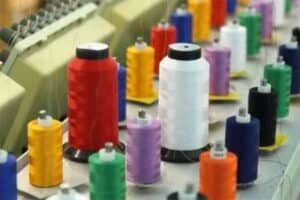
1. Selecting Thread and Fabric
Thread choice matters more than you might think. High-quality polyester or rayon threads are often preferred for golf apparel because they offer a strong, smooth finish that holds up well after multiple washes. Polyester is also less prone to fading, which is crucial if you want your design to look fresh season after season.
When it comes to fabric, you’ll typically want to stick to pique cotton or performance fabrics that are breathable yet sturdy enough to handle the weight of embroidery. It's important to pick a fabric that won't stretch out of shape when the design is applied. For instance, 100% cotton might work for more casual shirts, but for moisture-wicking polos, a blend or polyester fabric might be the way to go.
2. Why fabric selection matters:
- Lightweight fabrics may need additional support during stitching.
- Fabrics like polyester are better for retaining color and form.
- Choosing breathable fabrics helps maintain comfort for the wearer.
Hooping the Shirt for Embroidery
The next step is placing the polo shirt on a hoop. This keeps the fabric tight and ensures a smooth, even stitching process.
Hooping the shirt correctly is crucial for preventing distortions in the embroidery. A properly hooped shirt ensures the design remains centered and that no puckering occurs during stitching.

1. The Importance of Hooping
Hooping might seem like a simple step, but it plays a major role in the quality of the final product. The fabric needs to be taut but not stretched, and the design must align perfectly with the area on the shirt where it will be stitched.
Hooping too tightly could cause the fabric to warp, while not hooped tightly enough could lead to uneven stitching. An experienced operator will know just the right tension to keep the fabric smooth without distorting it.
2. Hooping tips:
- Use a rotary hoop for delicate fabrics to avoid puckering.
- Ensure that the polo shirt’s area of stitching is centered and aligned.
Setting Up the Embroidery Machine
Now, it’s time for the embroidery machine to take over, but first, it needs to be set up properly.
The embroidery machine must be programmed with the correct settings for thread colors, stitch types, and design complexity. This ensures the design will be stitched correctly and efficiently.
1. Setting Up the Machine
Embroidery machines are sophisticated pieces of technology, capable of performing highly detailed work with precision. The operator will load the digitized design file into the machine and set it to the correct stitching speed. High-quality machines will even detect the fabric type and adjust the stitch settings accordingly.
When setting up, the operator will also load the correct colors of thread into the machine. This is an important step, as the wrong color in the wrong spot can completely ruin a design.
2. Machine setup tips:
- Always use the highest-quality embroidery machine available.
- Be mindful of thread tension to avoid snags or thread breaks.
Embroidering the Design onto the Polo Shirt
The machine is now ready to begin stitching the design onto the fabric. This is where the magic happens!
The embroidery machine follows the digitized design, carefully stitching each section with precision. It layers the threads to create detailed shapes, lines, and textures, bringing your design to life.
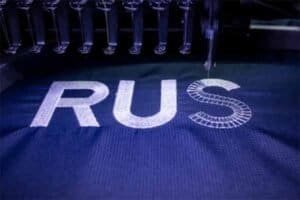
1. The Stitching Process
Once the machine starts, it’s an automatic process. It follows the design’s instructions to stitch each segment precisely, adding layer after layer of thread. Depending on the complexity and size of the design, this could take anywhere from a few minutes to several hours.
The type of stitch also matters—satin stitches, for example, are great for creating smooth, glossy effects, while run stitches can provide a more delicate, threadbare look. Each stitch is carefully placed to avoid any disruptions to the fabric and ensure the design looks sharp and crisp.
2. Stitching tips:
- Use different types of stitches for varying effects (e.g., satin for logos, fill stitches for larger areas).
- Adjust the machine speed to avoid uneven stitching.
Finishing the Embroidery Process
Once the stitching is complete, the final step is trimming and cleaning up the design.
Excess thread is carefully trimmed, and any backing material is removed. This gives the embroidered golf polo shirt a clean, polished finish that’s ready for wear.
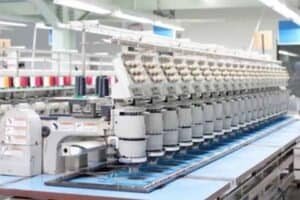
1. Trimming and Finishing
After the embroidery is completed, there’s still a bit of finishing work to do. The excess thread, sometimes referred to as “jump threads,” needs to be carefully trimmed to avoid any loose ends that could distract from the design.
Additionally, the backing material used to stabilize the fabric during the embroidery process is removed. This backing ensures the fabric doesn’t stretch during stitching, but it’s not meant to stay on the final product. Depending on the fabric and type of embroidery, the polo shirt might be steamed or pressed to remove any wrinkles.
2. Final touches:
- Check for loose threads before moving on to the next step.
- Ensure the backing is completely removed for a clean finish.
Conclusion
In conclusion, embroidery is a detailed and thoughtful process that transforms a simple polo shirt into a branded masterpiece. By understanding each step, from digitizing the design to the finishing touches, you can ensure your custom embroidery looks clean, professional, and vibrant. When done right, it’s a decoration that truly lasts.








